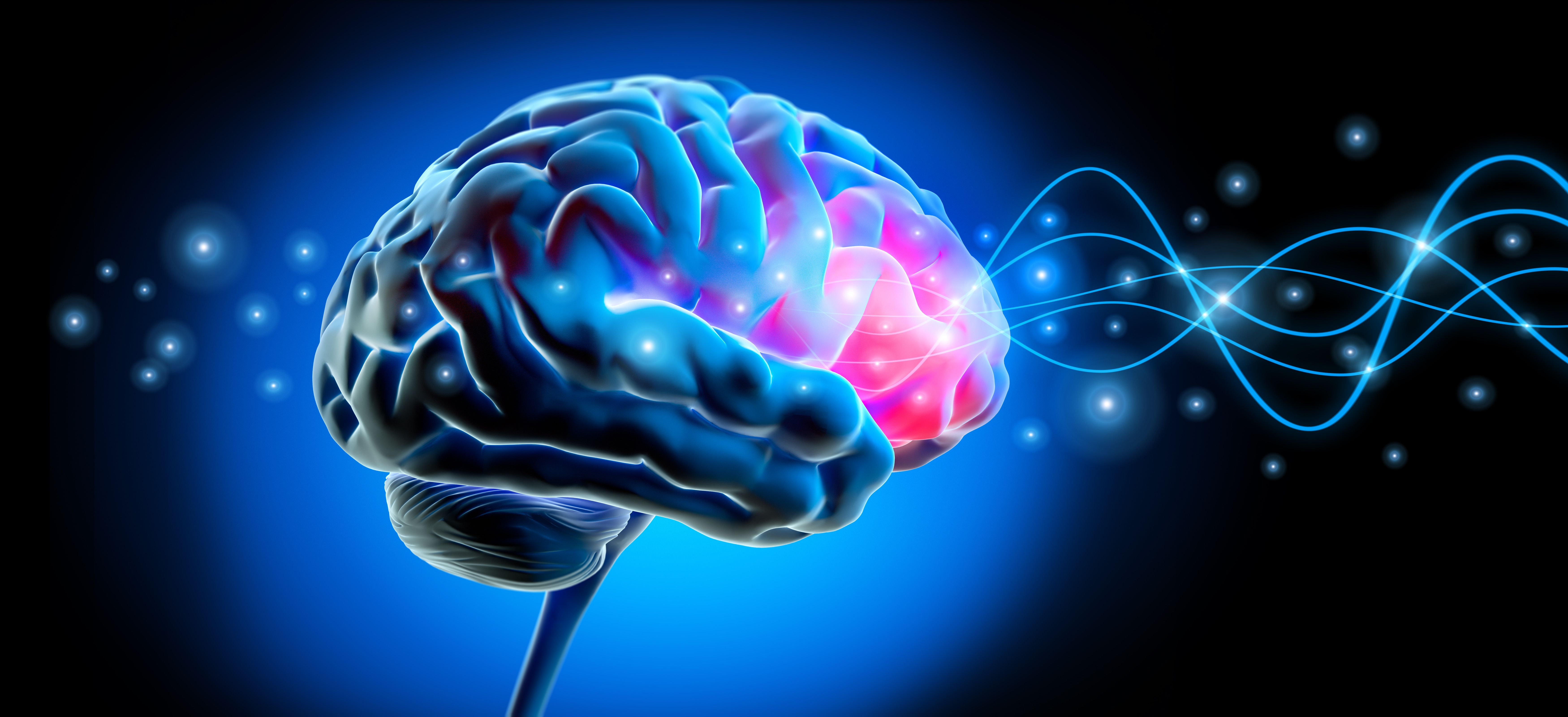News
Article
Transcranial Direct Current Stimulation for Major Depressive Disorder: A Look at Starstim
Author(s):
New research on transcranial direct current stimulation effectiveness in treating major depressive disorder.
peterschreiber.media/AdobeStock

According to new research, Neuroelectrics’ brain stimulation system, the Starstim platform, shows promise in treating major depressive disorder (MDD). Starstim applies transcranial direct current stimulation (tDCS) on the left dorsolateral prefrontal cortex (L-DLPFC).1 It is designed to complement medication and be used as an alternative to deep brain stimulation, which is more invasive.2 Starstim can be used at home under telesupervision from a clinician.
The multicenter, open-label feasibility telemedicine pilot study enrolled 35 participants diagnosed with MDD to study the efficacy, safety, and feasibility of home-based tDCS using Starstim to target the L-DLPFC. Over 8 weeks, participants received 37 tailored, at-home, 30-minute sessions of tDCS. The study's primary endpoint was median percentage change in the Montgomery-Asberg Depression Mood Rating (MADRS) from baseline to the end of the 4-week follow-up posttreatment.
The study saw a 64% median percentage reduction in observer rated MADRS scores, which indicates significantly reduced symptoms of depression. Over 70% of patients also experienced a 50% or greater improvement in their MADRS scores, with a 73% response rate. Additionally, approximately 90% of study participants completed treatment without any adverse effects.
“These results validate the potential of remote, at-home, properly planned and remotely supervised and supported tDCS therapy with the Neuroelectrics’ Starstim device as a highly promising treatment option for individuals with major depressive disorder who have not responded to pharmacologic therapies,” said Alvaro Pascual-Leone, MD, PhD, professor of Neurology at Harvard Medical School. “These results support future controlled clinical studies, offering hope for improved treatment outcomes and enhanced accessibility for patients.”1
Secondary measures of efficacy included the Quick Inventory of Depressive Symptomatology-Self Report (QUIDS-SR) and the Quality of Life Enjoyment and Satisfaction Questionnaire-Short Form (Q-LES-Q-SF), which also showed significant improvement.
“We’re excited to announce the results of our telemedicine pilot study, showcasing the transformative potential of at-home tDCS therapy with our Starstim device in managing MDD,” said Ana Maiques, CEO and cofounder of Neuroelectrics. “With nearly 90% of participants completing treatment without adverse effects and a 64% median reduction in depressive symptoms, Starstim is a promising option for individuals with MDD who have not found relief through traditional pharmacologic therapies. These results mark a significant step forward in enhancing accessibility and improving treatment outcomes for patients with MDD.”1
References
1. Neuroelectrics announces results of telemedicine pilot depression study with Starstim tDCS therapy. Business Wire. News release. March 7, 2024. https://www.businesswire.com/news/home/20240307614300/en/
2. Kuntz L. “A little bit science, a little bit manifesto”: deep brain stimulation in psychiatry. Psychiatric Times. December 4, 2023. https://www.psychiatrictimes.com/view/a-little-bit-science-a-little-bit-manifesto-deep-brain-stimulation-in-psychiatry






